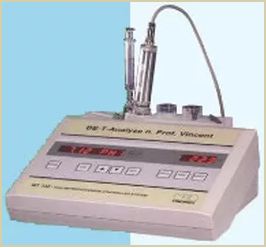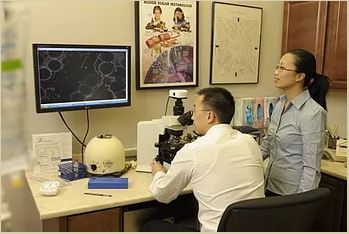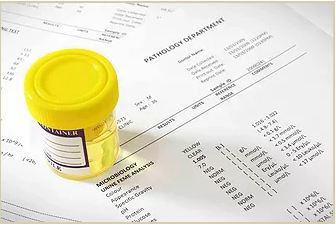Functional Terrain Assessment

BE-TA (Biological Terrain Analysis)
Bioelectronics of Vincent Terrain Analysis or BE-TA is a method of assessment developed by the French hydrologist Claude Vincent. This device enables the doctor to discover degenerative tendencies, possible areas of stress and infection, and assess detoxification within the patient. Professor Vincent theorized that all living systems could be described by a set of electronic variables.These variables are pH, rH2 and r.
pH is a measurement of acidity and alkalinity. The lower the pH value of a sample the more acidic it is and the higher the pH the more alkaline it is.
rH2 or redox potential is a measurement of oxidation within a sample. Oxidation is a measurement of the ability of our body to do work.
r or resistivity is a measurement of ion concentration in a sample. By measuring resistivity in various body fluids a physician can assess mineralization, toxic burden, detoxification capabilities and much more.
At the Marsden Centre of Naturopathic Excellence, Naturopathic Doctors measure blood, urine and saliva using the BEV. This gives a detailed picture of the patient’s terrain (state of the tissue).
The BEV is considered an experimental device valid for research purposes only. Marsden Centre makes no claims of diagnosis or treatment of illness with this device.
Darkfield Microscopy
Darkfield microscopy is a method of analyzing blood from a patient in great detail to glean information about the terrain, the immune system, nutritional status, and oxidation reduction reactions. A darkfield microscope gives a very different image than conventional light field microscopy.
Patients at the Marsden Centre of Naturopathic Excellence receiving a darkfield assessment will be able to see evidence in the blood of terrain changes, nutritional status and the form of the various blood symbionts. There are many individuals who claim to be darkfield technicians, but whose training and ethics are questionable.

The darkfield microscope is unique because of its special optics and light condenser. A darkfield microscope redirects light by its mirrors so that it shines obliquely on the specimen. This is what gives the dark image of shadows seen through the eyepiece. Light field microscopy requires staining of the sample before viewing in order to visualize the slide. This causes cell death. Darkfield microscopy however can provide physicians with live cells for viewing which has significant assessment applications.
The darkfield microscope is considered an experimental device valid for research purposes only. Marsden Centre makes no claims of diagnosis or treatment with this device.

Urinary Indican Test (Obermeyer Test)
The essential amino acid tryptophan is converted to indole by intestinal bacteria (tryptophan is a common component of protein in the diet). Following absorption, indole is converted to indoxyl or indican in the liver. The indican is then transported to the kidney where it is excreted. By using the Obermeyer reagent one can measure the amount of indican present in the urine. High amounts of indican can indicate overgrowth of bacterial organisms in the intestines.
Koenisberg Test (Urinary Adrenal Stress Test)
“The urinary adrenal stress test” measures the amount of chloride displaced into the urine. Increased or decreased levels of chloride in the urine are a reliable measurement of adrenal stress or fatigue, kidney stress, mineral loss from the body and acid-alkaline imbalance.